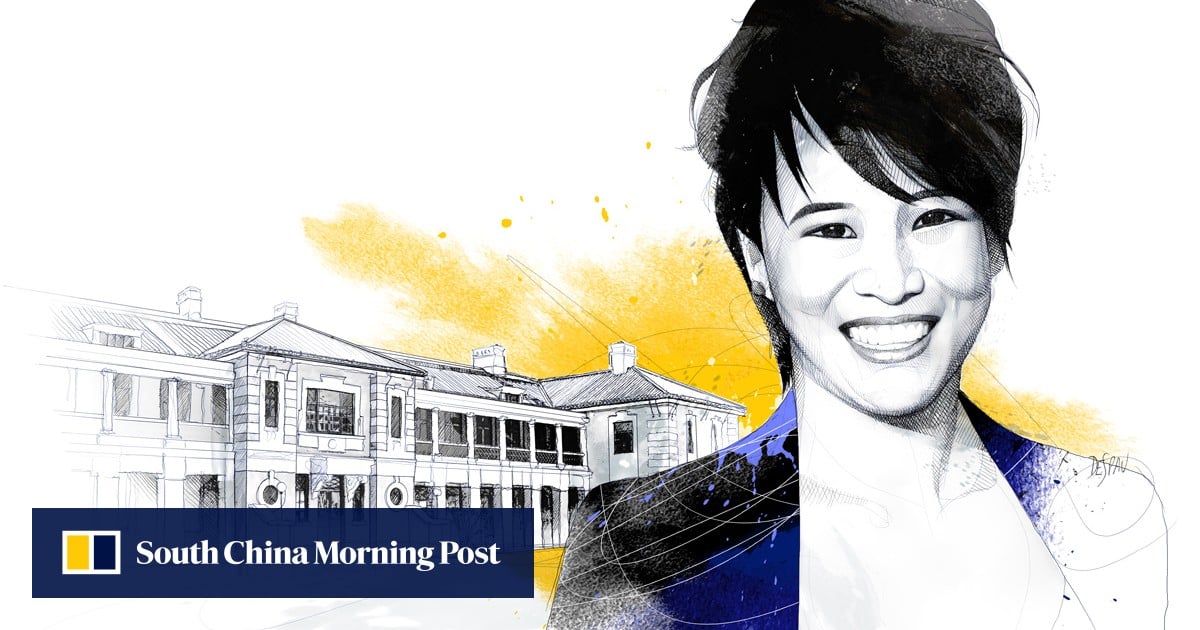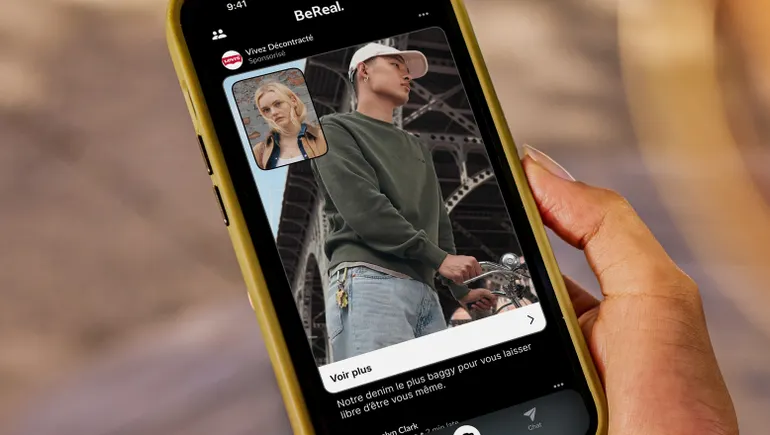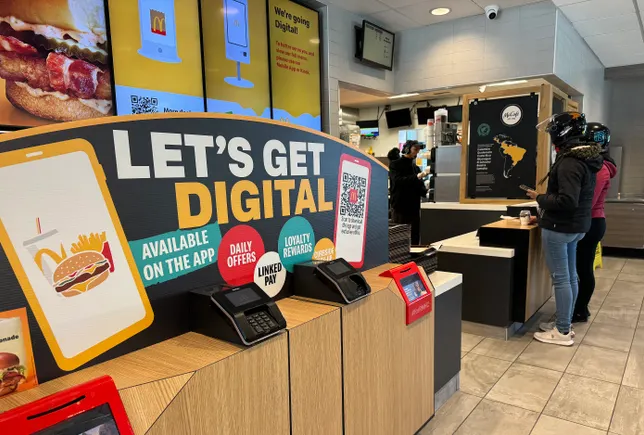Understanding the Differences Between PR, Marketing, and Advertising
In today’s competitive marketplace, knowing the difference between public relations (PR), marketing, and advertising is crucial for growth-focused founders and brand leaders. These three disciplines often intertwine but serve distinct purposes in building brand awareness, driving sales, and shaping public perception.
Tony’s Chocolonely: A Case Study in Integrated Strategy
Tony’s Chocolonely, a mission-driven chocolate company, offers a compelling example of how these elements can work synergistically. Founded by a journalist determined to eliminate exploitation in the cocoa industry, Tony’s has become a standout brand thanks to its smart use of earned media, owned media, and strategic paid promotions.
The Power of PR: Earning Attention Through Purpose
In December 2024, Tony’s Chocolonely made headlines by redesigning its packaging to resemble well-known chocolate brands. The twist? Each design highlighted the unethical supply chains of mainstream competitors. This bold move was not a traditional ad campaign—it was a PR stunt designed to earn media coverage and ignite conversation around ethical sourcing in the chocolate industry.
The campaign succeeded, drawing attention from food and business media outlets such as Chowhound, Fast Company, Supermarket News, and Confectionary News. This broad exposure reflects the power of earned media, where stories are picked up organically due to their relevance and newsworthiness.
Marketing That Supports the Mission
While PR builds credibility and awareness, marketing ensures consistent messaging across consumer touchpoints. Tony’s excels at using owned media channels—such as its website, email newsletters, and social media—to reinforce its story and values. These platforms allow the brand to educate its audience about fair trade practices, share updates, and launch new products in a cost-effective way.
Remarkably, Tony’s spends only about 2 percent of its revenue on marketing. This is significantly lower than the 13 percent average for many consumer packaged goods companies. Yet, the brand achieves an outsized impact by focusing on quality storytelling and aligning its messaging with its purpose.
Amplifying Impact Through Advertising
To extend the reach of its PR and marketing efforts, Tony’s also invests in strategic advertising. This includes out-of-home (OOH) campaigns, in-store promotions, and sponsorships. These paid placements help amplify the brand’s message and bring attention to ongoing initiatives.
Unlike traditional ad-heavy brands, Tony’s uses advertising as a supportive tool rather than the primary driver of awareness. By doing so, the company ensures that every dollar spent contributes to a larger narrative, reinforcing its mission and authenticity.
Smart Integration: The Secret to Brand Loyalty
Tony’s success illustrates how the integration of PR, marketing, and advertising can create a powerful brand presence. Instead of treating each discipline as a separate silo, the company aligns them under a common purpose: ending exploitation in the cocoa supply chain.
This strategic alignment has helped Tony’s build a loyal following among both consumers and retail buyers. Fans of the brand don’t just buy chocolate; they support a cause. Retailers, too, see value in stocking a product that resonates with socially conscious shoppers.
Where Should Founders Invest?
For growth-focused founders, Tony’s Chocolonely offers a roadmap. Rather than pouring resources into one area, consider a balanced approach that leverages the strengths of each communication channel:
- Use PR to generate buzz and build credibility through newsworthy stories.
- Employ marketing to maintain a consistent brand voice and nurture your audience.
- Leverage advertising to expand reach and reinforce your message.
Ultimately, the most successful brands are those that integrate these tools to tell one cohesive story—one that resonates with values, drives engagement, and fosters lasting loyalty.
This article is inspired by content from Inc.com. It has been rephrased for originality. Images are credited to the original source.












Leave a Reply